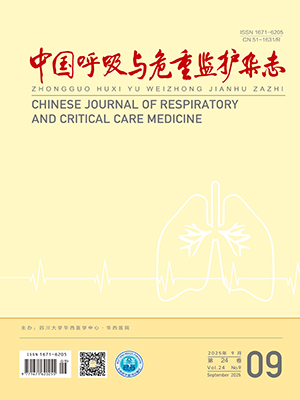| 1. |
Davidsen JR, Madsen PH, Laursen CB. Uncontrolled asthma and recurring pulmonary opacities: just asthma?. BMJ Case Rep, 2014. pii: bcr2013202428.
|
| 2. |
Tan SK, Liu TT. Cutaneous larva migrans complicated by Loffler syndrome. Arch Dermatol, 2010, 146(2): 210-212.
|
| 3. |
Suri HS, Yi ES, Nowakowski GS, et al. Pulmonary Langerhans cell histiocytosis. Orphanet J Rare Dis, 2012, 7: 16.
|
| 4. |
Kolb AG, Ives ST, Davies SF. Diagnosis in just over a minute: a case of chronic eosinophilic pneumonia. J Gen Intern Med, 2013, 28(7): 972-975.
|
| 5. |
Mou Y, Ye L, Ye M, et al. A retrospective study of patients with a delayed diagnosis of allergic bronchopulmonary aspergillosis/allergic bronchopulmonary mycosis. Allergy Asthma Proc, 2014, 35(2): e21-26.
|
| 6. |
Koren Fernández L, Alonso Charterina S, Alcalá-Galiano Rubio A, et al. The different manifestations of pulmonary aspergillosis: multidetector computed tomography findings. Radiologia, 2014, 56(6): 496-504.
|
| 7. |
吉连梅, 贺玲玲, 赵东宝. 嗜酸性肉芽肿性多血管炎23例临床分析. 中华风湿病学杂志, 2015, 19(2): 102-105.
|
| 8. |
Wei P, Lu HW, Jiang S, et al. Pulmonary Langerhans cell histiocytosis: case series and literature review. Medicine, 2014, 93(23): e141.
|
| 9. |
Durel CA, Berthiller J, Caboni S, et al. Long-term follow-up of a multicentre cohort of 101 patients with eosinophilic granulomatosis with polyangiitis (EGPA). Arthritis Care Res, 2015, 68(3): 374-387.
|




